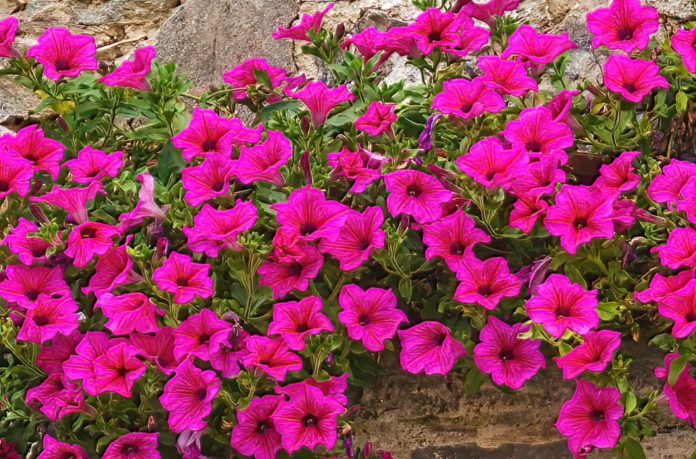Cvetnitsa (Цветница), also known as Vrubrnitsa (Palm Sunday, Catholic), is one of the most beautiful and deeply symbolic holidays in Bulgaria. It is celebrated on the Sunday before Easter and merges Christian spirituality, ancient pagan rituals, and the joy of spring’s rebirth. Marked by vibrant flowers, lush willow branches, and heartfelt blessings, this day is a major religious feast, community, and honoring those with flower-related names.
The Historical Roots of Cvetnitsa
Cvetnitsa traces its roots back to the Biblical story of Jesus entering Jerusalem when crowds greeted him by laying palm branches on the road. Since palms are not native to Bulgaria, willow branches (върба) take their symbolic place. The day is also known as Vrubnitsa (Връбница) in many regions.
Yet, the holiday’s significance runs deeper than the Christian tradition. In pre-Christian times, Bulgarians celebrated spring’s awakening with festivals honoring nature, fertility, and protection from evil. Cvetnitsa preserved many of these customs, blending Orthodox liturgy with pagan reverence for nature and life cycles.
Religious and Spiritual Significance
In the Eastern Orthodox Church, Cvetnitsa is a significant feast that begins the final week of Lent and leads into Easter (Velikden). Church services on this day are among the most attended of the year. During the liturgy, willow branches are blessed, and believers take them home to place near icons or above doors for protection and health.
Flexible and resilient willow symbolizes renewal, humility, and hope—key themes in Christian teaching and Bulgarian folk beliefs.
Traditional Customs and Celebrations Across Bulgaria
Cvetnitsa is rich in customs that vary slightly across regions, but several traditions are shared nationwide:
- Willow wreaths (венчета от върба): Girls make wreaths from freshly cut willow and wildflowers. In some villages, these wreaths are floated on rivers as a ritual for health and fortune.
- “Lazaruvane” and “Kumichene”: In many places, Cvetnitsa is linked with the Lazarovden rituals from the previous day. Lazaruvane involves unmarried girls singing and dancing in traditional costumes to bring blessings to homes.
- Kumichene (Кумичене): Young girls float their wreaths in rivers. The girl whose wreath flows fastest becomes the “kuma” or leader of the group, signifying good fortune and a likely wedding.
- Church visit: Most Bulgarians attend morning church service and take blessed willow branches home.
- Decorating homes: Willow branches are placed over doorways, icons, or in the family yard as a blessing for fertility, health, and peace.
How to Celebrate Cvetnitsa Today
Cvetnitsa remains a vibrant and meaningful celebration in the city or countryside. Here’s how to honor the day:
- Attend a church service: Even if you’re not religious, the atmosphere is moving and beautiful. Bring willow branches for blessing.
- Give flowers: It’s a holiday of names and nature—flowers are a must. Gift them to friends named after plants, or decorate your home.
- Reconnect with nature: Go for a spring walk, gather wildflowers, or enjoy the outdoors. It’s a spiritual act in itself.
- Celebrate namedays: This is one of the biggest именни дни (name-days) in Bulgaria. Call or visit friends and relatives celebrating.
- Cook a festive meal: While not as elaborate as Easter, traditional foods like bread, beans, and dishes with herbs are enjoyed.
Who Celebrates a Nameday on Cvetnitsa?
Cvetnitsa is known as the holiday of names. Anyone with a name derived from a flower, tree, or plant celebrates. That includes:
Маргарита (Margarita), Цветан (Tsvetan), Цветанка (Tsvetanka), Цветелина (Tsvetelina), Цветомир (Tsvetomir), Цветомира (Tsvetomira), Цвети (Tsveti), Цвета (Tsveta), Върбан (Vurban), Върбина (Vurbina), Роза (Roza), Розалия (Rozaliya), Лилия (Liliya), Лили (Lili),
Ирис (Iris), Ирина (Irina), Теменужка (Temenuzhka), Виолета (Violeta), Виола (Viola),
Далия (Daliya), Невен (Neven), Божура (Bozhura), Камелия (Kameliya), Жасмина (Zhasmina), Гергана (Gergana), Магнолия (Magnoliya), Лозан (Lozan), Лозанка (Lozanka), Латинка (Latinka)
It’s one of the most widely celebrated name days in Bulgaria!
Regional Highlights
- Rhodope villages: Preserve some oldest traditions, including outdoor ceremonies and community wreath-making.
- Northern Bulgaria: Celebrates with elaborate Lazaruvane rituals, often involving an entire village.
- Sofia and big cities: Urban celebrations include family lunches, church visits, and social media greetings with flower photos and “Честита Цветница!” wishes.
Cvetnitsa in Modern Bulgaria
Today, Cvetnitsa is a blend of old and new. It’s a day to:
- Celebrate life and loved ones
- Embrace Bulgarian heritage
- Enjoy the spiritual beauty of spring and rebirth
- Send heartfelt greetings and flowers
- Remember that faith, folklore, and family remain deeply intertwined in Bulgarian culture
Whether in a mountain village or a city apartment, Cvetnitsa brings peace, joy, and connection to the land and each other.
Cvetnitsa reminds us that even in uncertain times, life renews, blossoms return, and hope grows like the willow after winter. It’s a celebration of beauty, tradition, and our roots and a chance to greet the world anew.
Честита Цветница на всички!



